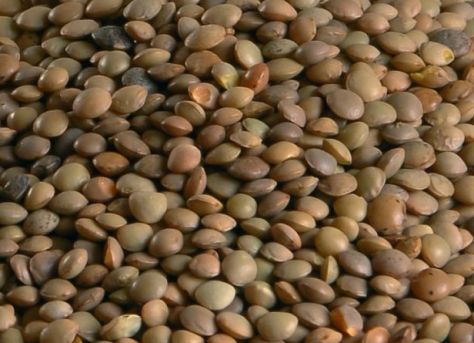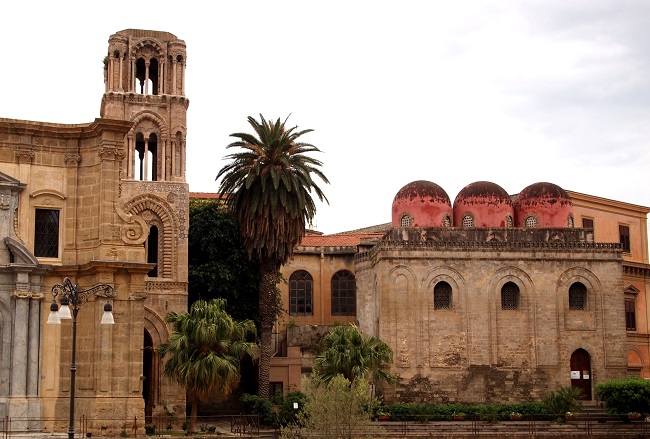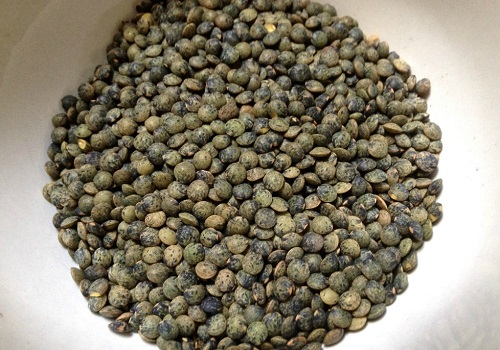It is said in Catalonia that a master confectioner called Pablo Turrons invented the almond nougat (turrón) in Barcelona at the beginning of the 18th century, at the time of the War of the Spanish Succession. Using the only available foodstuffs, almonds and honey, he made a survivial ration for the besieged town. It is more likely however, that the sweet delicacy was bought to Spain by Arab conquerors. In Jijona near Alicante, Arabs and Jews produced the candy long before the days of Pablo Turrons under the name of halvo. A similar candy, called halva, is still found today in Turkey and the Near East.
In Valencia turrón was early on sold as a delicacy. In the 16th century the councillors of Alicante would entertain important visitors with turrón and fig bread (pan de higos). They must have been very generous with it, because in 1595 King Philip II wrote to the town dignitaries, urging them to exercise moderation when proffering he exquisite gift.
Although turrón is known throughout Spain today and is enjoyed everywhere, in particular at Christmas, the Valencian town of Jijona is still regraded as the main centre of its production. The production process, requiring skill and watched over critically by a turronero, has been preserved down the centuries. Almonds and honey are still the basic ingredients of a true turrón and as far as purists are concerned there are only two true varieties:
- soft, Jijona turrón (turrón blando), and
- hard Alicante turrón (turrón duro)
To produce hard turrón, the almonds are firstly roasted and chopped up. They are then mixed with honey and simmered over a constant heat, during which time the mixture is stirred with large wooden spoons. Finally some egg white is added as a binding agent. Then the mixture is cooled, cut into pieces, and packed, covered with wafers.
To obtain the soft Jijona turrón, the cooled block of turrón is ground with the separated almond oil to form a glutinous paste. It is then reheated, and beated for hours into a soft, even mixture. Finally is is bound with egg white. Apart form the classic versions, they are now all sorts of modern variations, with ingredients ranging from egg yolk and sugar, through hazelnuts, pine nuts, shredded coconut, and candied fruit, to milk and dark chocolate.
So the next time you are in Spain, seek out some of this delicacy – I’m sure you will find it quite addictive!











